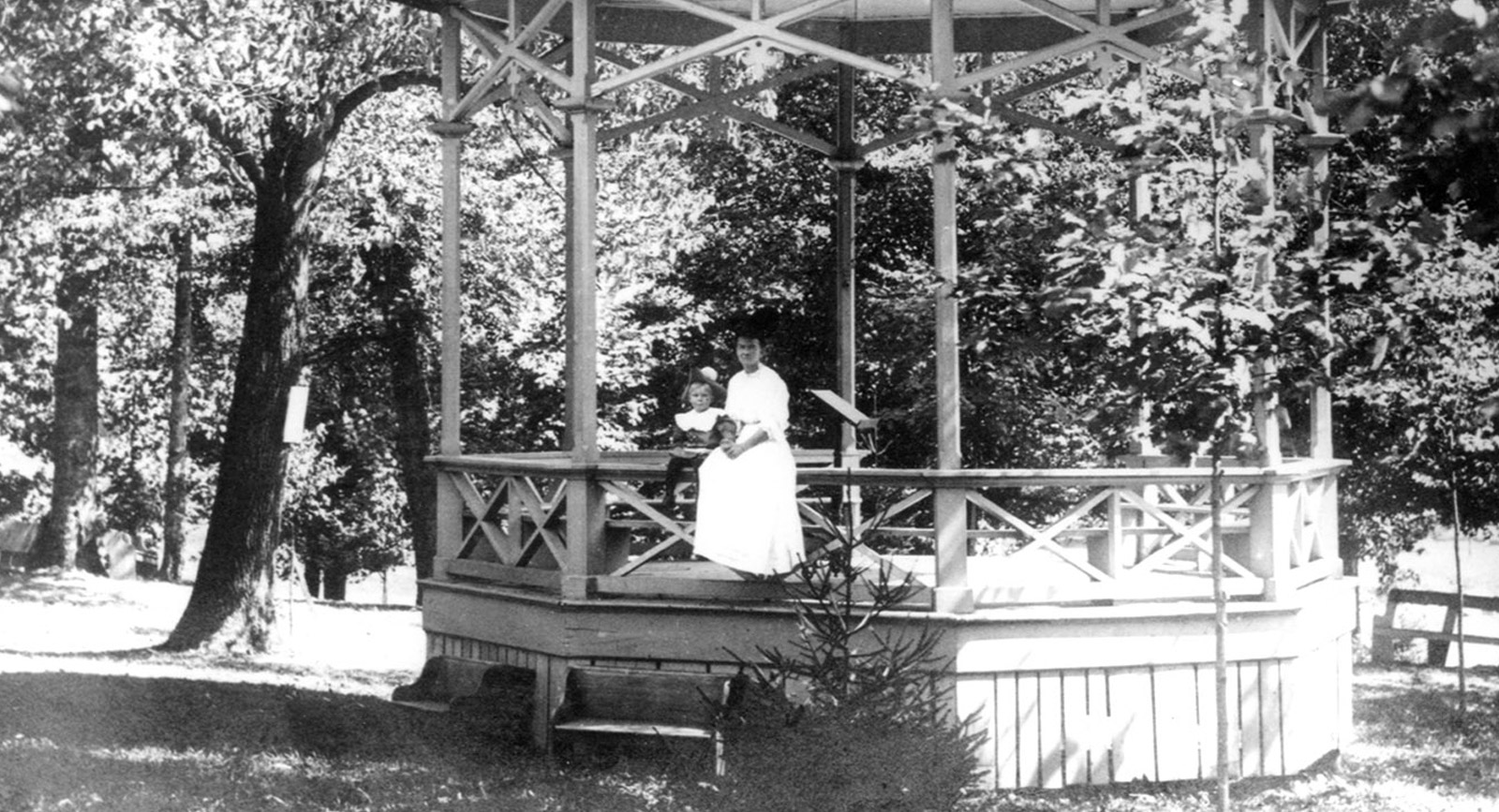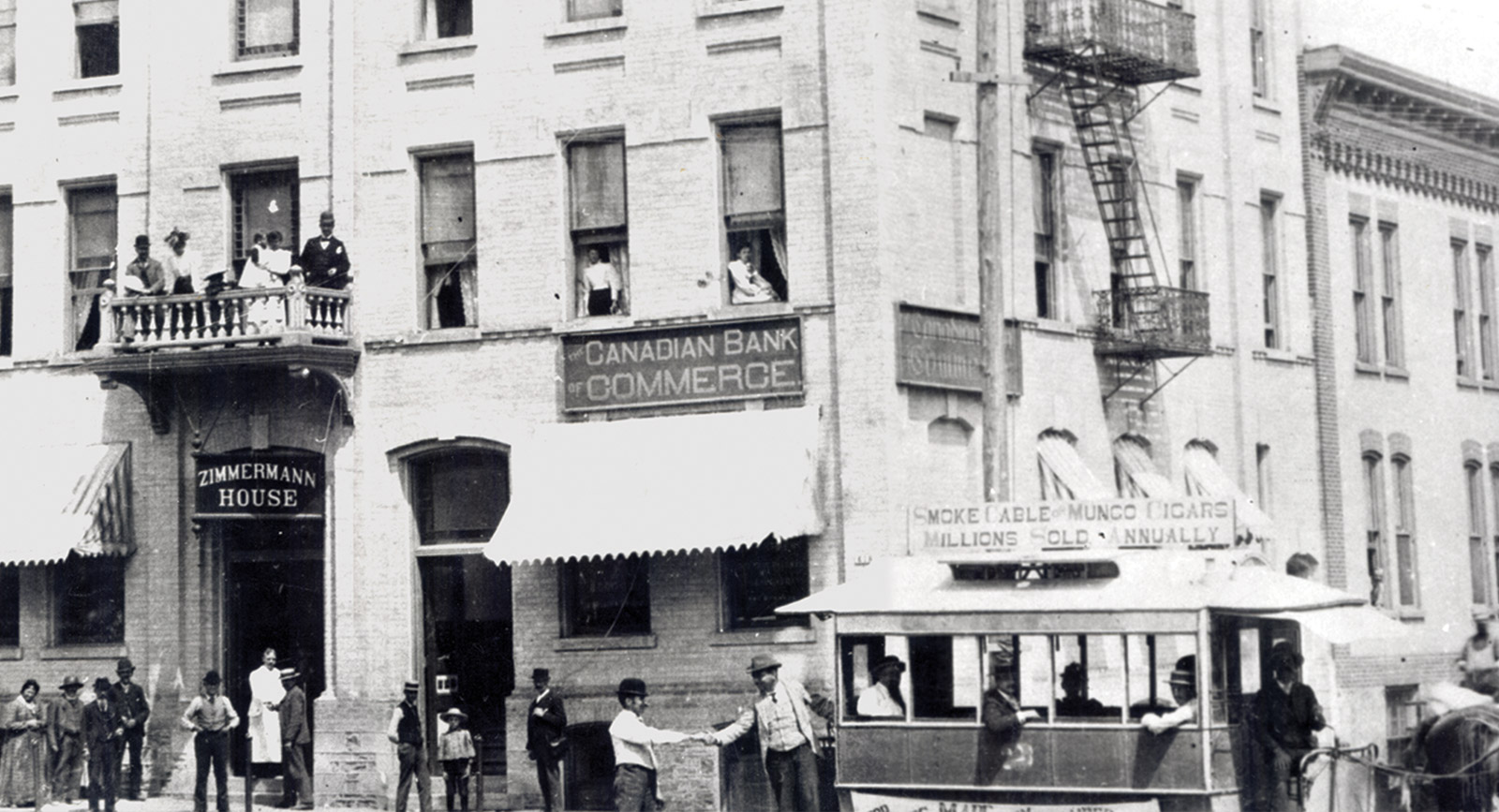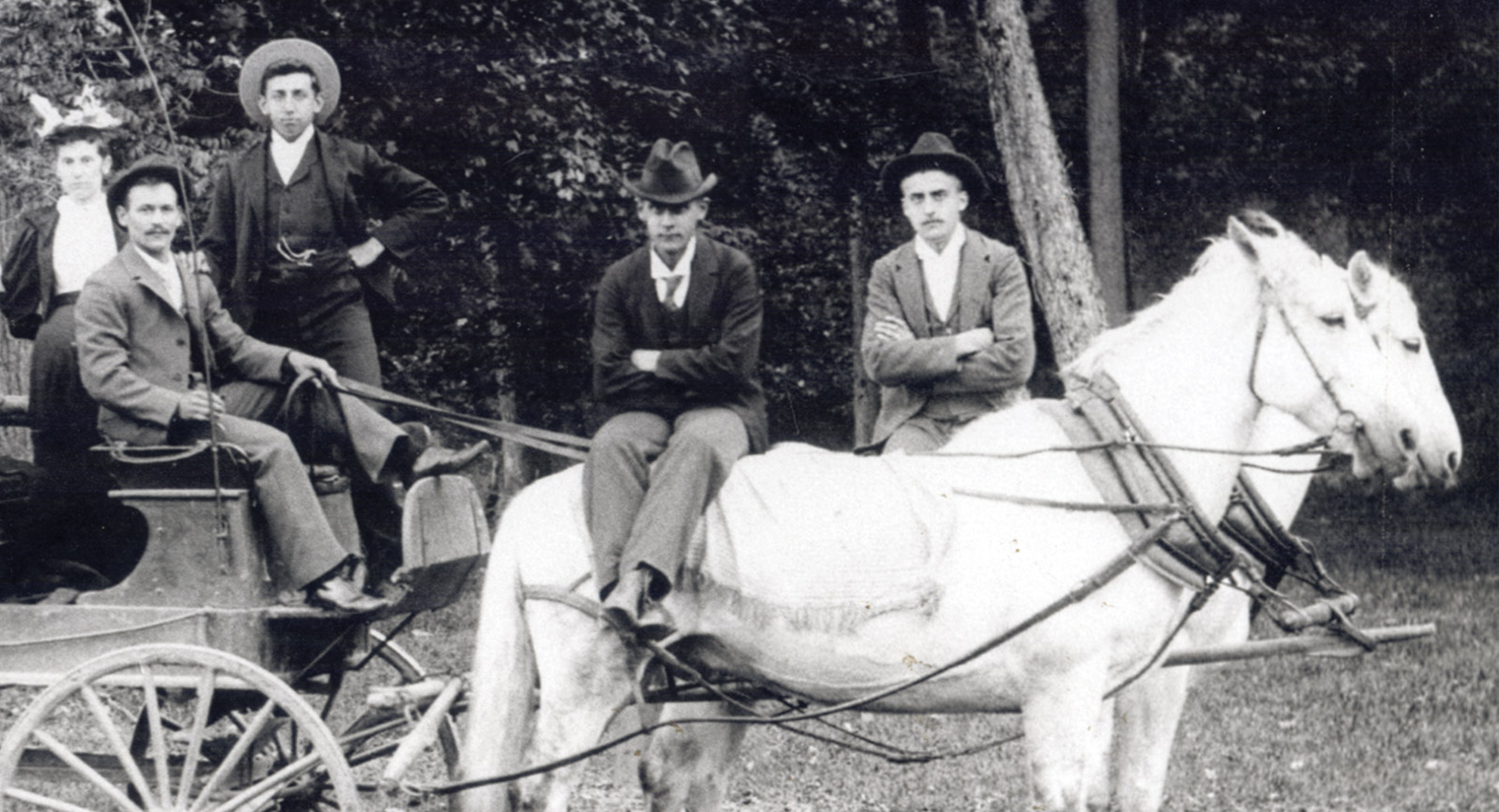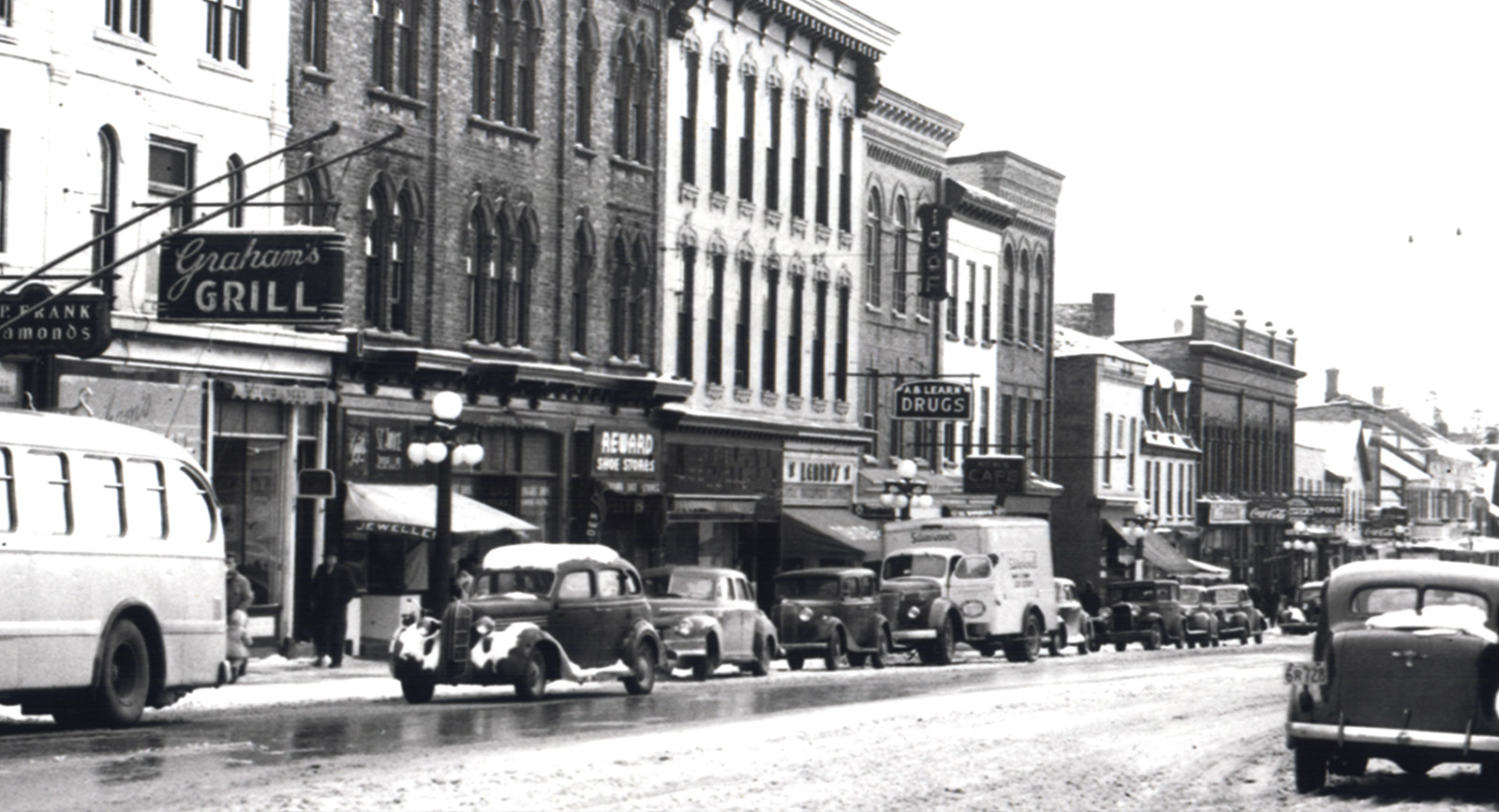Image
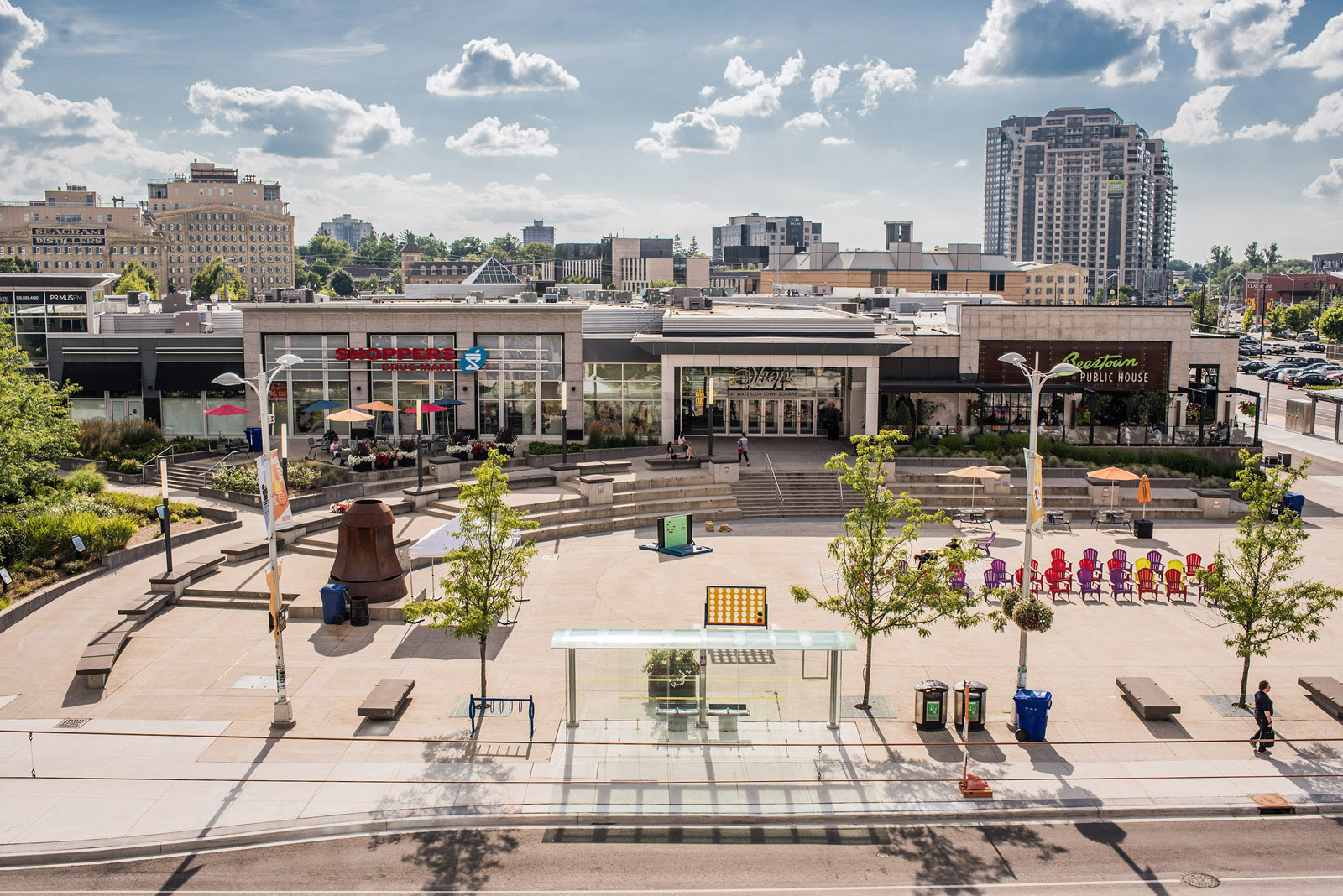
Waterloo Town Square
The town centre once filled mercantile trade now has specialty boutiques, restaurants, coffee houses and the Shops of Uptown Waterloo. The main courtyard has amphitheatre seating, as well as an upper terrace area. The public square is a gathering place for concerts, festivals, markets and events, and in the winter transforms into an ice rink for public skating.
Image
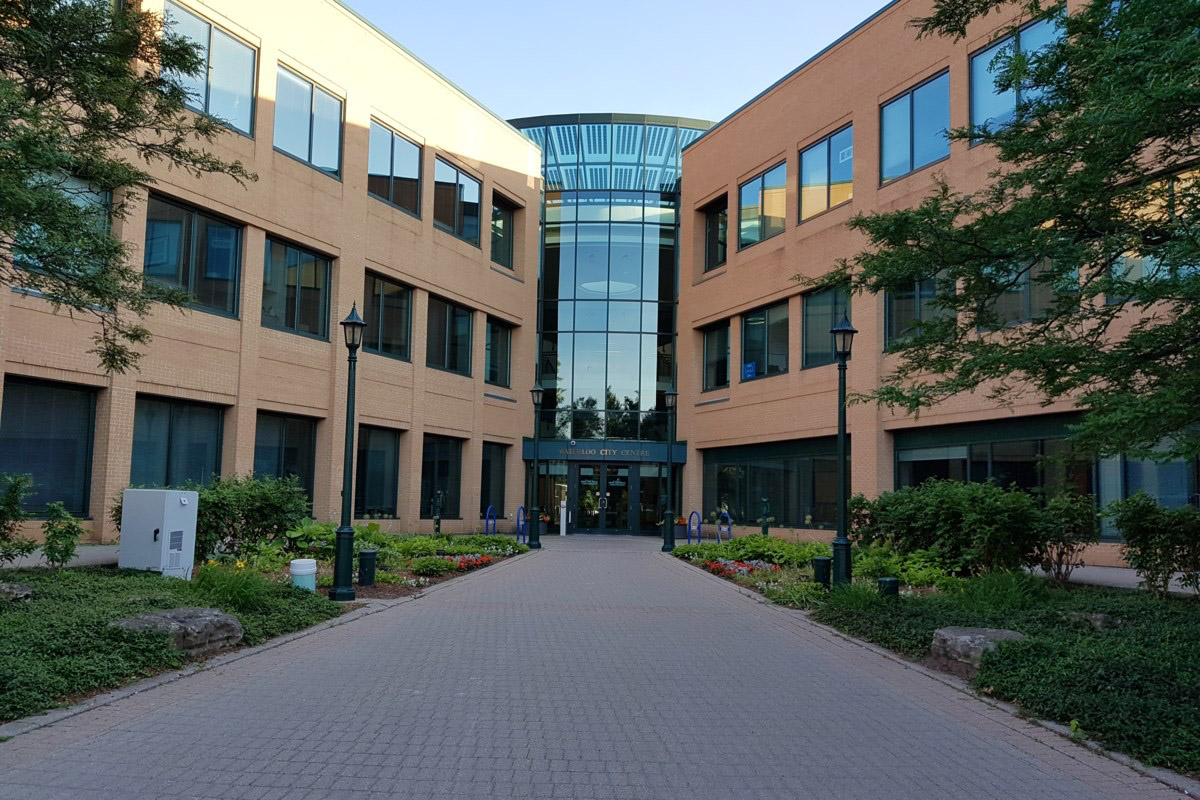
Waterloo City Hall
The old Waterloo town hall was at Albert and Erb Street, where the Marsland Centre is now located. Unfortunately, the building was taken down in 1969, and the new Waterloo City Hall is now located on Regina Street just one block east of King, a few blocks from the public square.
